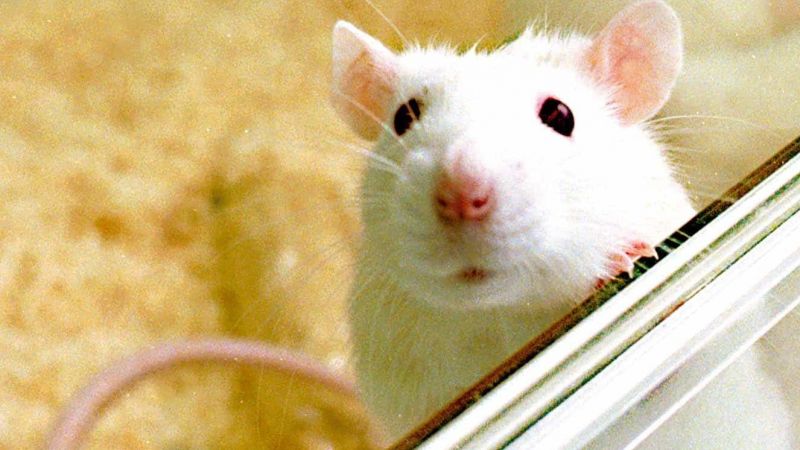
Stress comes in all shapes and sizes and it is known to play a role in many diseases. It isn’t just an emotional state, it can also exacerbate just about any health condition. It seems to worsen or increase the risk of conditions such as obesity, ageing, heart disease, Alzheimer’s disease, diabetes, depression, gastrointestinal problems, asthma, and many more.
Stress is considered to be the sixth leading cause of death in the world. 74% of UK adults have felt so stressed at some point over the last year they felt overwhelmed or unable to cope.
But not all stress is negative. When the body tolerates stress and uses it to overcome lethargy or enhance performance, stress can be healthy and challenging. It can be used as a force to warn, adapt, and evolve to maintain optimal health. But it can rapidly become a problem if it exceeds our ability to cope, fatigues body systems and causes behavioural or physical problems.
The complexity of stress research
The relationship between stress and illness is complex, and the susceptibility to stress varies from person to person. It is therefore really important to understand the extent to which stress affects organisms.
Researchers often turn to mice to study stress. But it isn’t totally straight forwards to define stress in an animal.
“It is a really difficult thing to do. When you talk to people, you ask them if they feel stress and they answer. You can ask them to define what that feels like. It is all subjective,” explains Professor Emma Robinson from the University of Bristol who studies stress as a major risk factor in depression.
“ For animals it is important to find an objective measure. We can’t ask them how they feel. We have to rely on behavioural endpoints to study the effects of stress related to mood disorders.”
These behavioural endpoints might be changes in heart rate, respiratory rate, blood pressure, or stress hormone levels. According to the Professor, to do stress research you need to think about two elements: how to induce the stress and how to measure the consequences of it.
How to stress a mouse?
There are lots of different ways to induce stress in an animal, which all have their advantages and disadvantages. The most traditional approach is to expose the mouse to a stressor. Mice can be stressed simply by being put into an environment from which they can’t escape. Holding them gently by the tail, or isolating the animals can also be enough to cause a rise in anxiety. Time alone in a small box for 10 mins, is enough to be a stressful experience for a mouse. Isolation or restraint is one of the easiest ways to stress rodents – unfortunately, this is also something that people might do to their pets without realizing they are causing stress.
It is also possible to induce metabolic physiological stress with injections of the stress hormone cortisol. Exposing the animals to chronic treatments of corticosteroids in their drinking water is also quite a refined way to induce stress. The drug puts the animals in a negative state but there is no psychosocial or social stress involved.
Emma Robinson and her team have developed a different strategy to induce mild stress in animals. A lot of the tests are actually engaging and involve responding for reward and the stressors are quite mild.
“People with depression have a sort of chronic mild stress, it is not usually one big traumatic event that triggers depression it is more likely accumulative. That is what we are trying to measure,” she explains.
How to measure stress in a mouse?
The use of animals such as mice for research on the causes of, and treatments for, anxiety and stress is challenging: signs and symptoms of psychiatric conditions often reflect motivations, emotions, and thought processes not realistically attributable to these species. “Anxiety-like” behaviors—so-called because they resemble anxiety behaviours in humans, though in rodents they might actually represent something else entirely.
It is quite hard to know to what extent animals are experiencing any psychological suffering. There are physiological and behavioural impacts and consequences that can be monitored such as body weight, general conditions or social interactions. But anxiety and fear notably produce similar behavioural responses, including increased vigilance, freezing and/or hypoactivity, elevated heart rate, and suppressed food consumption. Researchers often need to find further markers to study. In the context of depression, it is possible to visualise the effect of stress on the brain for example by measuring brain activity patterns, and how drugs can change those.
As such caution is often needed when interpreting animal data and making conclusions in the context of human stress disorders. However, the past decade has seen a rapid evolution of techniques useful for defining the neural circuitry of anxiety-related behaviour.
At the forefront has been the development of genetic tools, such as light-activated channel rhodopsins (for optogenetics) and chemical activated receptors (ie, designer receptors exclusively activated by designer drugs, or DREAADs) that allow control of neuronal activity with unprecedented specificity and precision. Coinciding with this enhanced ability to manipulate the central nervous system (CNS) has been the development of new techniques that measure neural circuit function, including Ca2* imaging techniques that capture activity of large neuronal populations simultaneously.
With these tools, it is possible to ‘see’ behaviour in the brain and consequently define behavioural end-points in rodents - and humans for that matter. To be effective and humane end-points must be objective, easily and reliably recognised.
Markers, whether something like a change in an animal's grooming behaviour, or the firing pattern of a neural circuit, help refine and further characterise the much needed precise behavioural phenotypes of stress-related disorders, so that mouse data can be even more applicable to human reactions to stress.
Last edited: 31 January 2025 11:54



